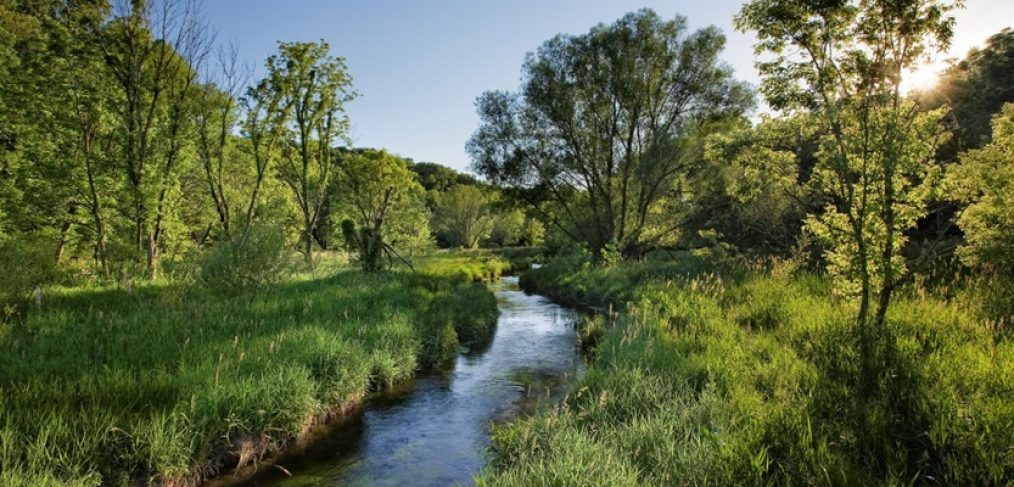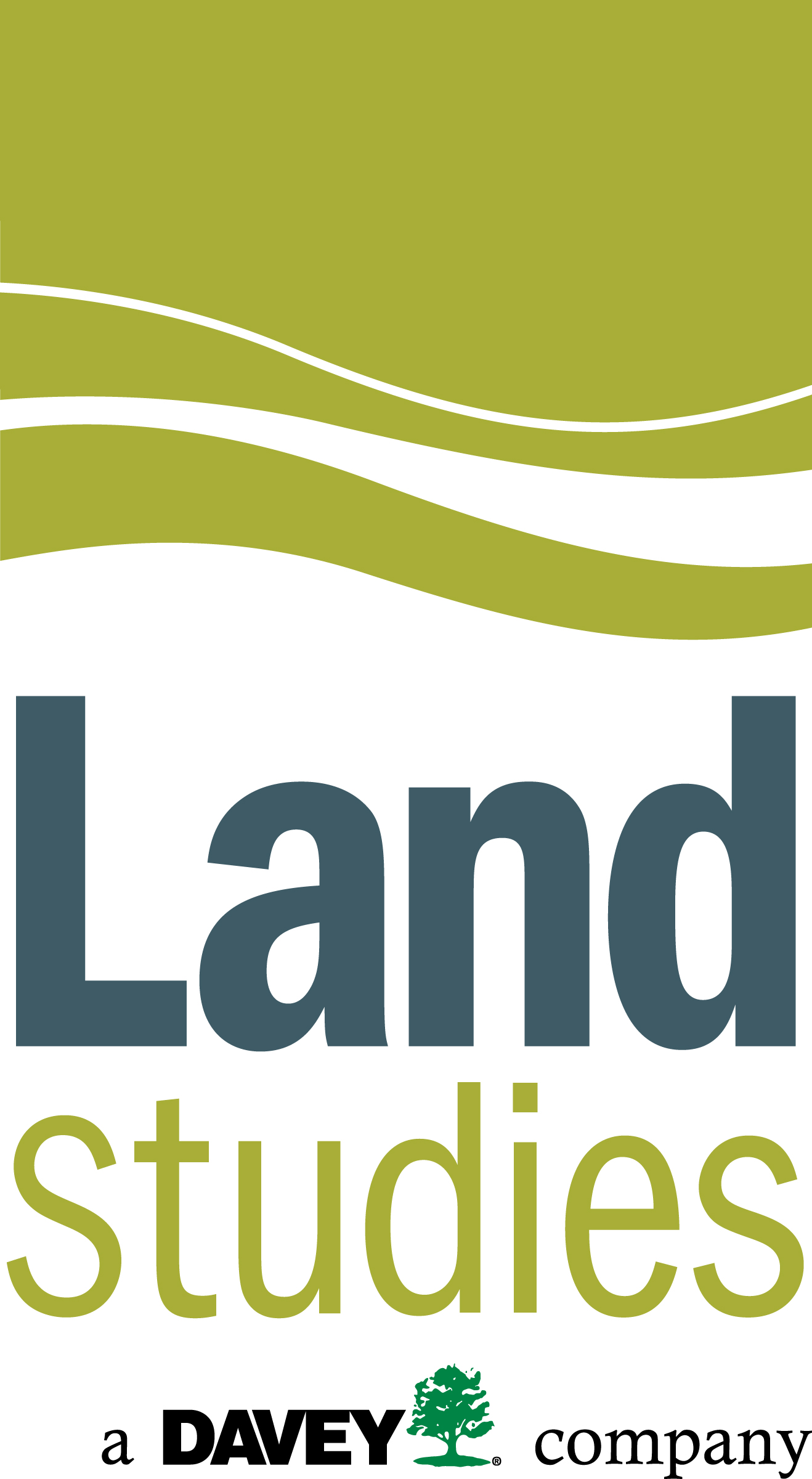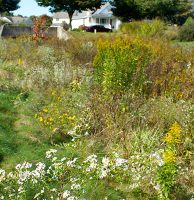
Getting the Public Involved in Stormwater Management
A Municipal Separate Storm Sewer System (MS4) community’s Stormwater Management Program/Plan (SWMP) contains six Minimum Control Measures (MCMs) for achieving their stormwater goals (as discussed in previous posts). In this article we will discuss MCM 1 – Public Education and Outreach Program/Plan and MCM 2 – Public Involvement and Participation Program/Plan. Getting local citizens involved in stormwater management is an important and necessary step to protect local waterways – one that cannot be ignored.
However, keep in mind that even though these are the first two MCMs they are the last two to consider when facilitating the stormwater management program (SWMP) This is because education is one of the most powerful tools we can use, but we want the education to reflect what the actual problems are and what the municipality is trying to improve.
Public Education and Outreach (MCM 1)
MCM 1 involves the development of a Public Education and Outreach Plan / Program (PEOP). A community’s plan/program will include the following written information:
- Brief description of the individual plan/best management practice (BMP), including the history of the individual plan/BMP if it is carried over from previous permit year
- Purpose of the plan/BMP, including how it supports pollution prevention and/or pollution reduction objective(s)
- Pollutants of Concern associated with the individual plan/BMP
- Target Audience Group(s) (TAGs) associated with the plan (this will be discussed in more detail)
- Method of outreach and/or distribution, including the number of persons/households/entities expected to be reached
- Measureable goal associated with plan/BMP
- Measurement/assessment criteria for the individual plan/BMP
- Schedule associated with the individual plan/BMP
- Any other relevant notes or considerations
Target Audience Groups (TAGs)
TAGs are individuals and groups of people living and/or working within the MS4 community that can help play an active role in stormwater management, but they may not know anything about the subject right now. It is up to each MS4 community to reach out to and educate their identified TAGs about stormwater management and how they can help. TAGs will vary by municipality but may include residents, businesses (including commercial, industrial and retailers), developers, schools, and municipal employees. The type(s) of outreach methods and materials used may vary by TAG.
Reaching the TAGs
An MS4 community is required by the PA Department of Environmental Protection (DEP) to publish at least one educational item related to the SWMP annually (BMP #3). This can be a newsletter, factsheet, website, video, or other outreach piece. The material should include general stormwater management information, a description of the community’s SWMP, and information about current and future management strategies. The community is also required to use at least two different methods for distributing this educational information (BMP #4). This could occur during a regular or special municipal meeting, at a conference, through a TV ad, or mail insert, among other options.
Public Involvement and Participation (MCM 2)
MCM 2 involves the development of a Public Involvement and Participation Plan / Program (PIPP). A community’s plan/program will include the following written information:
- Brief description of the individual involvement plan/BMP, including the history of the individual plan/BMP if it is carried over from previous permit year
- Purpose of the plan/BMP, including how it supports pollution prevention and/or pollution reduction objective(s)
- Pollutants of Concern associated with the individual plan/BMP
- Target Audience Group(s) (TAGs) associated with the plan
- Description of the activity (or activities) to implement the plan/BMP
- Measureable goal associated with plan/BMP
- Measurement/assessment criteria for the individual plan/BMP
- Schedule associated with the individual plan/BMP
- Any other relevant notes or considerations
Public Notice
Another requirement of MCM 2 (BMP #2) is that adequate public notice be provided before the adoption of a stormwater ordinance, standard operating procedures (SOPs), or other relevant document/requirement to allow for public review and comment. The public, especially the TAGs, should be kept up to speed on the progress of the SWMP and given ample opportunities to be involved through routine public meetings (BMP #3).
How MCMs 1 and 2 Affect the Other MCMs
With MCM 3 (Illicit Discharge Detection and Elimination – IDD&E), a municipality should use education for their enforcement level 1 (first encounter). LandStudies staff has learned through experience that if a municipality personalizes an illicit discharge issue with an offender, and approaches it with education and interaction to promote voluntary compliance, the issue actually gets resolved and the word spreads to neighbors.
How to Ensure Success
It is important to determine if an educational effort is effective and successful – or not. This can be difficult to do, but generally a municipality will do it through inspections. The following is an individual plan/best management practice (BMP) of a Public Education and Outreach Program/Plan (PEOP) regarding educational efforts geared towards contractors/developers:
| Description | Improve understanding and activities associated with O&M of temporary E&S Controls for (incl. NPDES-permitted) construction sites |
| Purpose | Broad-based plan with intent to support pollution prevention objectives through improving E&S Controls on construction sites to minimize impacts to the MS4 and streams |
| Pollutants of Concern | Nutrients/Sediment |
| TAGs | Developer/Contractor |
| Outreach Method(s) | Contractor Stormwater Info Packets (and related LCCD information), Inlet Protection BMP Fact Sheet |
| Measureable Goal | 80% compliant inspections |
| Assessment Criteria | All LCCD inspections that provide a summary determination of “compliant” or “noncompliant,” borough conducts 4 complimentary inspections where determination can be reasonably made as “compliant” or “noncompliant” based on results of inspections |
| Schedule (and milestones) | Covers all of 2017-2018 permit year; develop Inlet Protection BMP Fact Sheet by May 2017 |
| Other Notes | Info Packets provided by Zoning Officer, information reinforced at pre-con meetings; enforcement provided for noncompliant sites; future goals to consider PCSM Plan and PPC Plan for construction sites |
What the above is trying to accomplish is to determine if educational outreach has been effective. If 80 percent or more of the inspections result in compliance observed, then the education outreach efforts are effective. If only 50 percent of inspections reveal compliant inspections, then the education efforts are not effective, and it would be a waste of time and money to continue with them. In that case, the municipality would need to revise their educational plan for developers/contractors.
Why Public Involvement Matters
A well-educated citizenry can benefit an MS4 community in many ways. People can notify a municipality if it sees suspected illegal discharges of pollutants into a stream. Individuals can take actions on their property to prevent polluted stormwater runoff. They can provide new ideas and suggestions to municipal leaders about tools, techniques, and policies that may protect the community’s water quality. The possibilities are endless, but they rely on all members of an MS4 community knowing what stormwater is, knowing the sources of water pollution, knowing how to manage stormwater, and knowing enough to care and get involved. That task falls to each and every MS4 municipality/permitee.


